Belgian pride is hard to find in the motorcycle world. Xavier Siméon was the first Belgian to race the premier MotoGP class in 17 years when he piloted his Reale Avintia Ducati during 2017, and only the third Belgian rider to win a motorcycle Grand Prix, after Didier de Radiguès and Julien Vanzeebroeck at the 2015 German Grand Prix at the Sachsenring.
From its humble beginnings in 1901—when the first Saroléa motorcycle was created by bolting a 1.5 hp 247cc engine and a tank onto a Saroléa bicycle—through 1973, when the company ceased all production, Belgian pride was fairly constant for Saroléa. In 2010, the Saroléa name returned when twin brothers Torsten and Bjorn Robbens acquired the brand and refocused production on all electric machines [their grand uncle was André Van Heuverzwijn, a successful Saroléa factory motocross racer in the 1950s]. A new production facility was established near Ghent, Belgium.
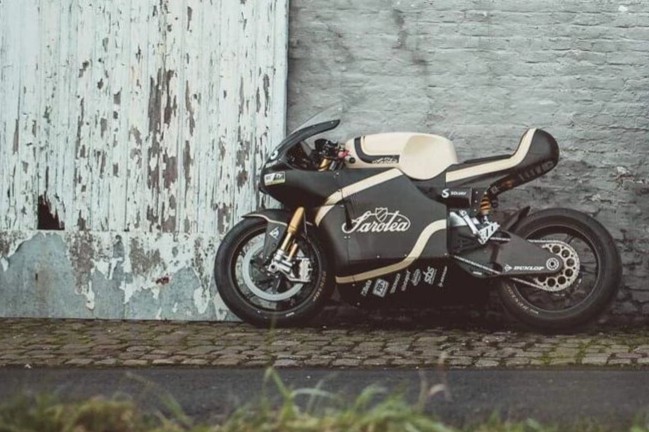
Recently, the Ghent-based Belgium duo have partnered with ML6 to add artificial intelligence to its MANX7 model, which we wrote about on July 21, 2018.
AI inside
“To this day, artificial intelligence is made possible by first sending all of a system’s data via the internet to the cloud,” said Nicolas Deruytter, managing director of ML6, which works closely together with Google Cloud. “Then, based on that, models are initialized (by letting them learn) and the trained models are then sent back to the machine. Thanks to the Edge TPU, the AI (with its ‘trained models’) can intervene fast and more efficiently. In addition, each individual system can learn more.”
For 2019, the Saroléa MANX7 will come equipped with ML6’s Waizu software, which was initially developed for a far-reaching optimization in industry processes. This Belgian partnership means Waizu is now being integrated into a motorized vehicle for the first time and aims to squeeze every last drop of autonomy and power to the benefit of the MANX7. Saroléa also intends to make the technology available to other manufacturers through a future platform.
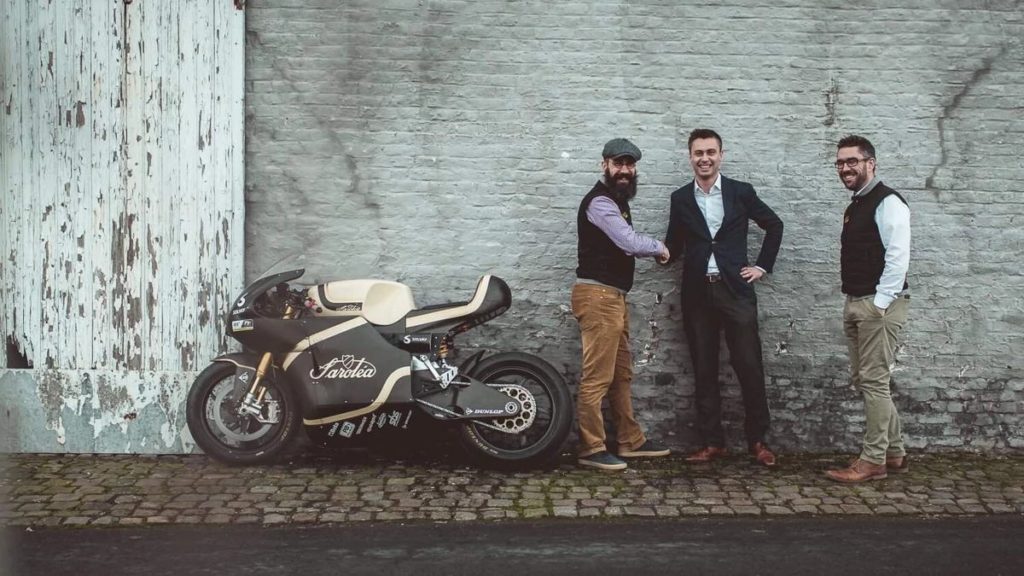
The Tech: Google’s Edge TPU
ML6’s platform combines its expertise in machine learning for predictive maintenance with pioneering research in the field of reinforcement learning and Google’s latest technological developments in hardware and cloud. This new software was developed for industry processes and allows companies to optimize numerous processes. They use Google’s Edge TPU, a processor that was specifically developed for artificial intelligence, and installed it on the MANX7 engine itself.
According to Saroléa, countless parameters in a vehicle can be mapped and optimized but that would be impossible to do manually. And, data can vary according to every single situation and location. How is power controlled? What temperatures are reached inside the vehicle? How is the battery managed? The chip captures and interprets. Subsequently, the software determines the best settings. This is how Saroléa and ML6 plan to focus on more autonomy, predictive maintenance and an improved battery performance.
“On the one hand, this allows to increase the vehicle’s efficiency, leading to more autonomy as a direct result,” Bjorn Robbens explained. “On the other hand, we also extend the battery’s life cycle. The way in which a battery is used and charged helps determine its lifespan. If we can evolve towards a model in which the battery is charged and used in ideal circumstances, its autonomy could improve by 20 to 40 percent and the battery will last for years.”
The future of AI
The Robbens boys understand that the potential of this technological application is enormous and reaches far beyond the motorcycle world. That is why Saroléa intends to market their technology in the near future and make it available to the entire automotive sector via a platform.
“Buses, trucks, bicycles, automated guided vehicles; we are looking at the bigger picture here,” Bjorn Robbens added. “We want to package the technology and know-how we have built up with our partner, ML6, and offer an off-the-shelf solution to other OEM players.”
Related Posts
July 21, 2018
The Current: Saroléa Introduces Limited Edition MANX7
Belgian electric motorcycle builder…
December 13, 2017
The Current: Moto-E World Cup To Race Energica Egos
MotoGP gets a new category in 2019, the…
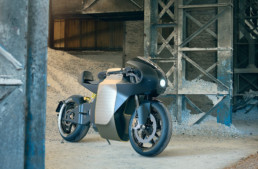
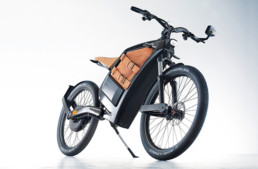
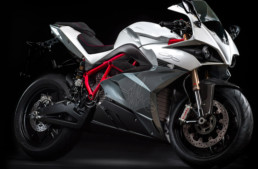
Maybe it’s my black and cynic humor, but
they started bolting an an engine on a bicycle frame
and finished by putting a Sarolea stickers on…something with two wheels!
Jawa India have really made some new…old bikes.
In France Terrot make only some ..tee-shirts.
This article – and the Vintagent site in general – are exceptional! I’ve thoroughly enjoyed my visit … for which, many thanks!